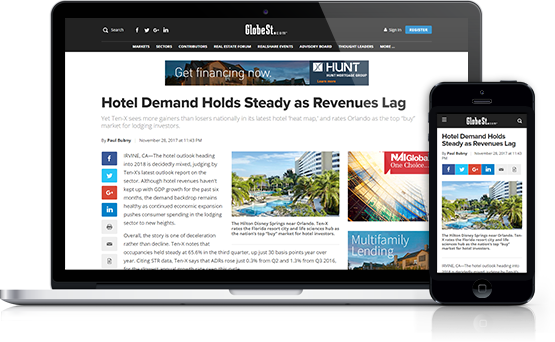Over the past several weeks, net lease investors have been trying to quantify the impact that the COVID-19 pandemic will have not only on the terms of long-term financing, but their ability to secure debt altogether. The rapid nature at which this black swan event unfolded has created confusion as to what is still achievable, as well as what the landscape will look like in the next few months. Pre-COVID, many borrowers felt comfortable with existing lending relationships and the ability to secure competitive debt, and when pricing competitive loan terms out, often the spread between 3 to 5 lenders was less than 10bps on interest rate. Given what has occurred over the past 6 weeks, we've been reminded of the need and value to broadly price debt, as loan term sheets for identical assets are coming back varying 50 to 100bps on interest rate, as well as seeing material changes in amortization schedules and recourse requirements. In order to analyze this correctly, it is important to understand what types of lenders are active in the net lease space. They are as follows:
- CMBS
- Life Insurance Companies
- Private Financing
- Banks
- Credit Unions
Out of these five, CMBS lending has been hit the hardest, with all new originations essentially being put on hold due to the lack of liquidity in the "B – Piece" of the securitization stack. There has recently been a new CMBS issuance that successfully transacted, but the return to "normal" is believed to be 4 to 6 months before CMBS is a viable option for anything retail related.
Life insurance companies have always been conservative in terms of their criteria. They rely more heavily on local demographics, quality of the underlying real estate, credit of tenants, and requested LTV. While most insurance companies are still technically able to lend, their underwriting constraints have tightened up even more which has led them to scale back on new originations. They remain willing to underwrite new assets, however, they are slow to commit to an actual rate or term sheet. We have seen rates move 100bps+ from pre-COVID levels, but believe that move was heavily influenced by the bond market as a whole, and this lender class should be back to normal within 2 to 4 months, primarily for long term leases to high credit tenants with sub-60% LTV debt.
Private financing is still readily available in this market, but there is a disconnect between what type of pricing is expected by borrowers and what is realistic for lenders. Specific terms for private financing vary on a deal-by-deal basis, but for the most part, it will be short term and rates will be in the low double digits. These lenders understand that they might be the only option for certain deals and price accordingly for whatever risks they are taking on. These types of lenders are best reserved for a worst-case scenario and a quick close (e.g. a traditional lender denies a borrower at close and the seller will not grant any extension to find another financing option). This is an active space for bridge lending options, but pricing is reflective of the circumstances.
Recommended For You
Want to continue reading?
Become a Free ALM Digital Reader.
Once you are an ALM Digital Member, you’ll receive:
- Breaking commercial real estate news and analysis, on-site and via our newsletters and custom alerts
- Educational webcasts, white papers, and ebooks from industry thought leaders
- Critical coverage of the property casualty insurance and financial advisory markets on our other ALM sites, PropertyCasualty360 and ThinkAdvisor
Already have an account? Sign In Now
*May exclude premium content© 2025 ALM Global, LLC, All Rights Reserved. Request academic re-use from www.copyright.com. All other uses, submit a request to [email protected]. For more information visit Asset & Logo Licensing.








